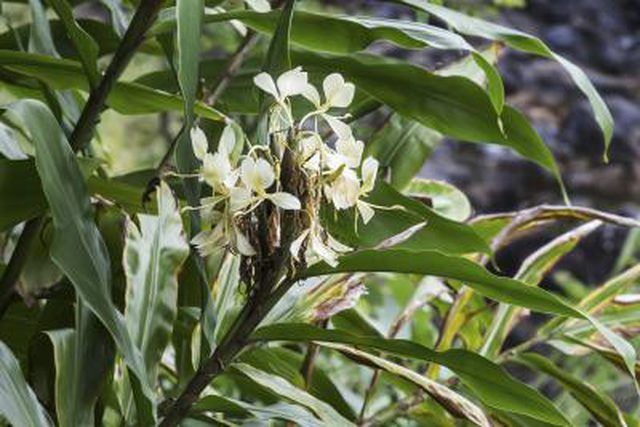Bulbs
Flower Basics
Flower Beds & Specialty Gardens
Flower Garden
Garden Furniture
Garden Gnomes
Garden Seeds
Garden Sheds
Garden Statues
Garden Tools & Supplies
Gardening Basics
Green & Organic
Groundcovers & Vines
Growing Annuals
Growing Basil
Growing Beans
Growing Berries
Growing Blueberries
Growing Cactus
Growing Corn
Growing Cotton
Growing Edibles
Growing Flowers
Growing Garlic
Growing Grapes
Growing Grass
Growing Herbs
Growing Jasmine
Growing Mint
Growing Mushrooms
Orchids
Growing Peanuts
Growing Perennials
Growing Plants
Growing Rosemary
Growing Roses
Growing Strawberries
Growing Sunflowers
Growing Thyme
Growing Tomatoes
Growing Tulips
Growing Vegetables
Herb Basics
Herb Garden
Indoor Growing
Landscaping Basics
Landscaping Patios
Landscaping Plants
Landscaping Shrubs
Landscaping Trees
Landscaping Walks & Pathways
Lawn Basics
Lawn Maintenance
Lawn Mowers
Lawn Ornaments
Lawn Planting
Lawn Tools
Outdoor Growing
Overall Landscape Planning
Pests, Weeds & Problems
Plant Basics
Rock Garden
Rose Garden
Shrubs
Soil
Specialty Gardens
Trees
Vegetable Garden
Yard Maintenance
About Camia Flowers
About Camia Flowers. Camia or kamia (Hedychium coronarium and Hedychium philippinense) is called white ginger and butterfly ginger outside the Philippines and originated in tropical parts of Asia and India. Growing from rhizomes to 10 feet tall in its native lands, camia usually doesn’t top 6 feet tall in U.S. Department of Agriculture plant...

Camia or kamia (Hedychium coronarium and Hedychium philippinense) is called white ginger and butterfly ginger outside the Philippines and originated in tropical parts of Asia and India. Growing from rhizomes to 10 feet tall in its native lands, camia usually doesn’t top 6 feet tall in U.S. Department of Agriculture plant hardiness zones 8 through 10, where it is hardy. Its hardiness range can extend at least as far north as USDA zone 7 when its rhizomes are protected by a heavy layer of mulch during winter. Camia features 8- to 24-inch-long, lancelike leaves and 2- to 4-inch-wide, white flowers that resemble butterflies.
Flower Description
Blotched with pale yellow at their centers, fragrant flowers appear in 4- to 12-inch clusters from pine cone-shaped buds at the top of camia's stems. Each flower is open only one day, and the plant blooms for about six weeks, usually from late summer through fall. Often added to leis, the edible flowers are eaten in Thailand.
Conditions for Blooms
Although camia can grow in a full-sun site, its foliage may appear bleached under those conditions. The plant needs at least four hours of sunlight per day to flower freely, however. The best solution, therefore, is to plant camia in partial shade and damp, humus-rich soil, spacing multiple plants about 2 to 3 feet apart. The horizontal rhizomes should be set just under the surface of the ground with their reddish shoots uppermost.
Plant Care
Because arid conditions cue camia to enter dormancy, the plant's soil should never be allowed to dry completely during summer and should be kept as dry as possible during winter. Fertilize camia twice each year, in early spring and midsummer, spreading 1 cup of a chemical, granular, 13-13-13 fertilizer or 2 cups of an organic, granular, 5-5-5 fertilizer over the soil around each clump of camia shoots. Water the fertilized soil.
Winter Protection
In areas colder than USDA zone 7, camia rhizomes generally are dug up in fall and stored indoors in barely damp peat, sawdust or vermiculite during winter. If you leave the rhizomes outdoors, cover them with a 4-inch-thick layer of dead leaves, composted manure, pine straw or other organic material after frost kills the camia foliage in fall. Wait until after the last spring frost to plant the rhizomes outdoors again. Camia rhizomes left in the ground in winter don't always sprout in spring and may wait until early summer to make their appearance.